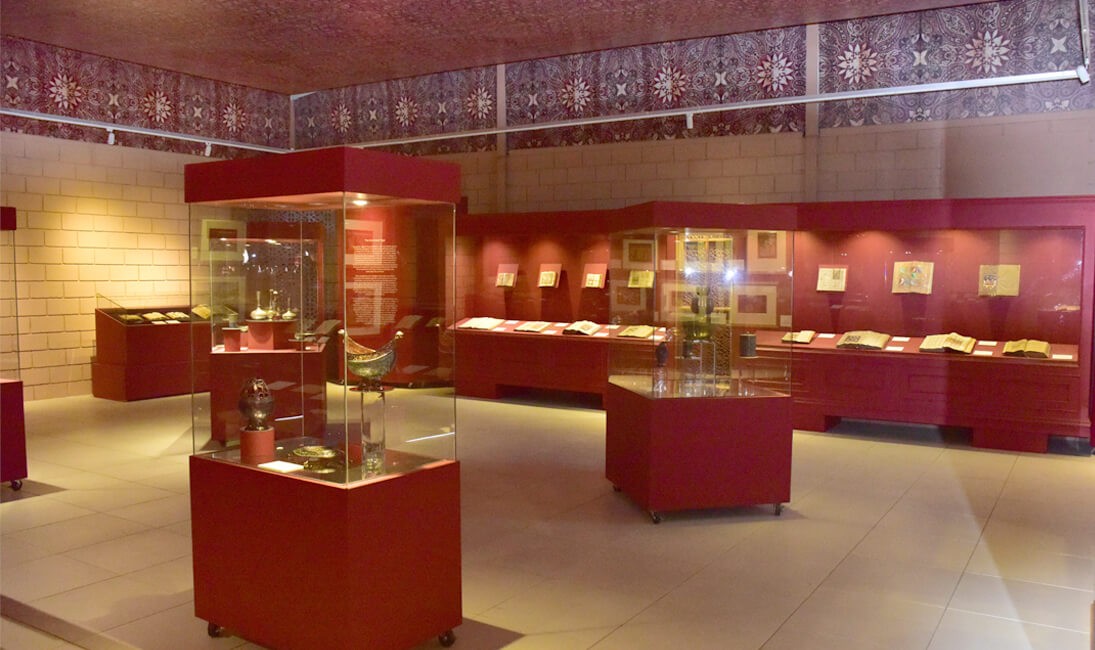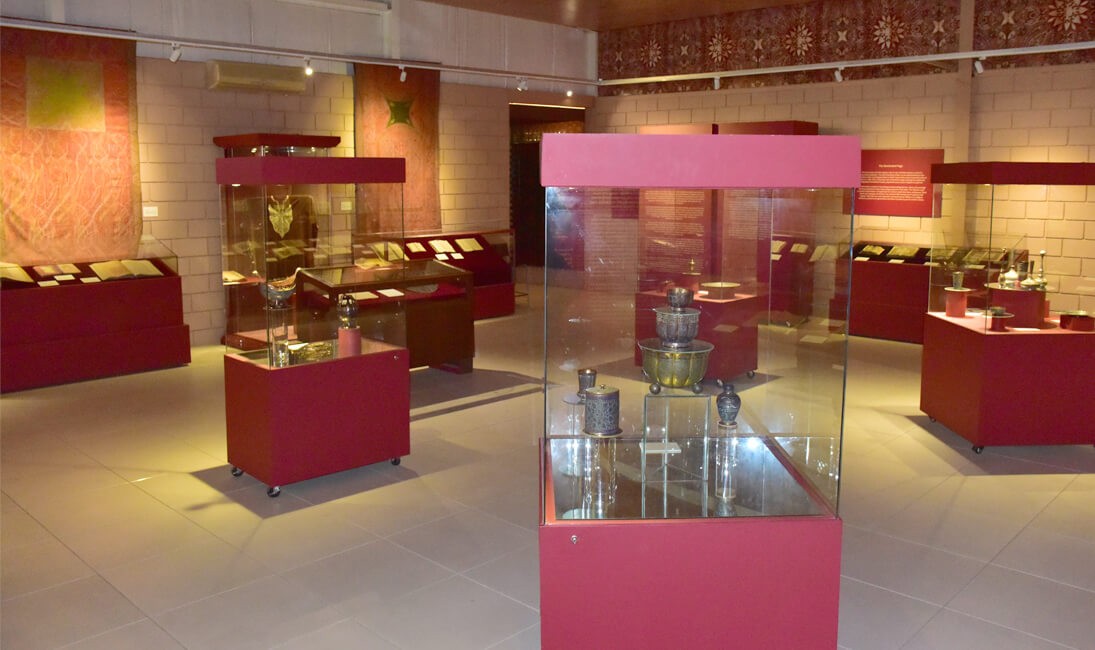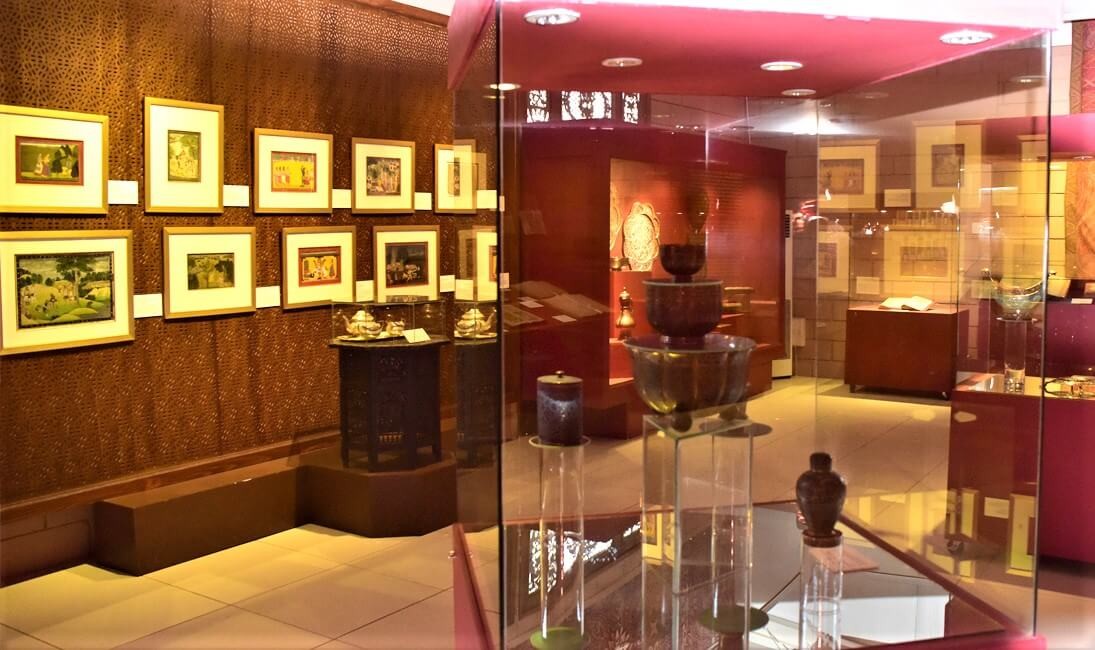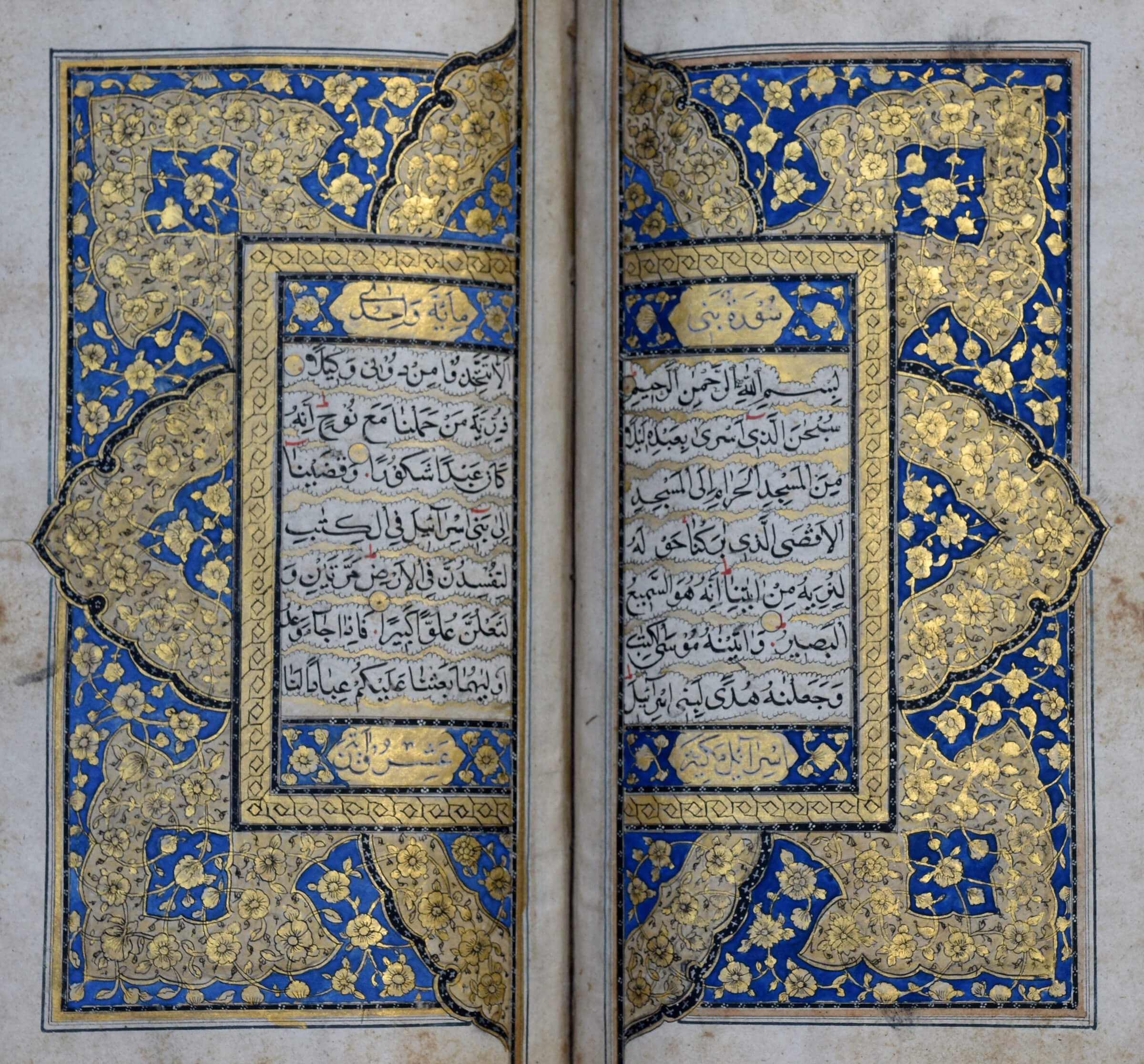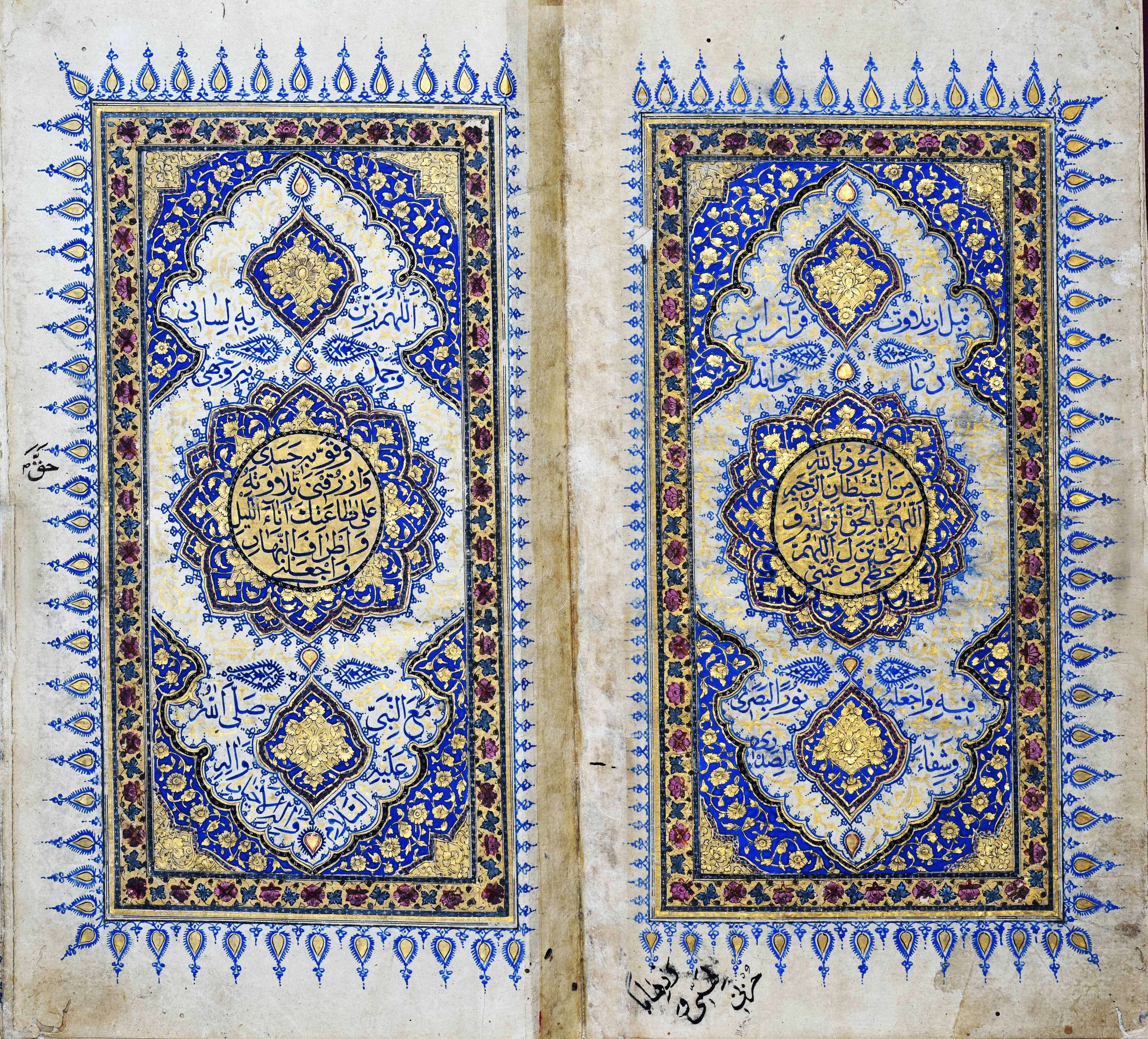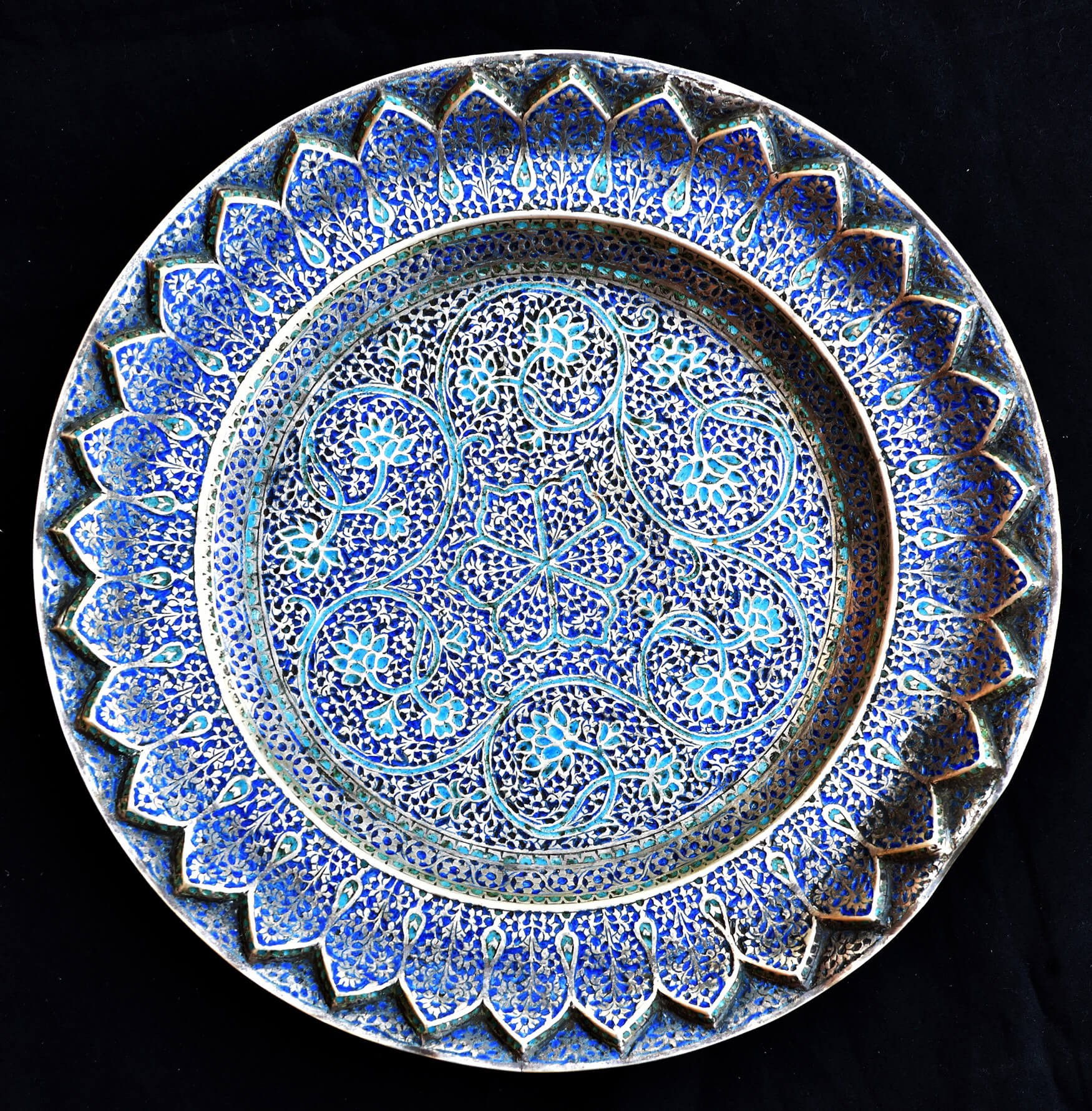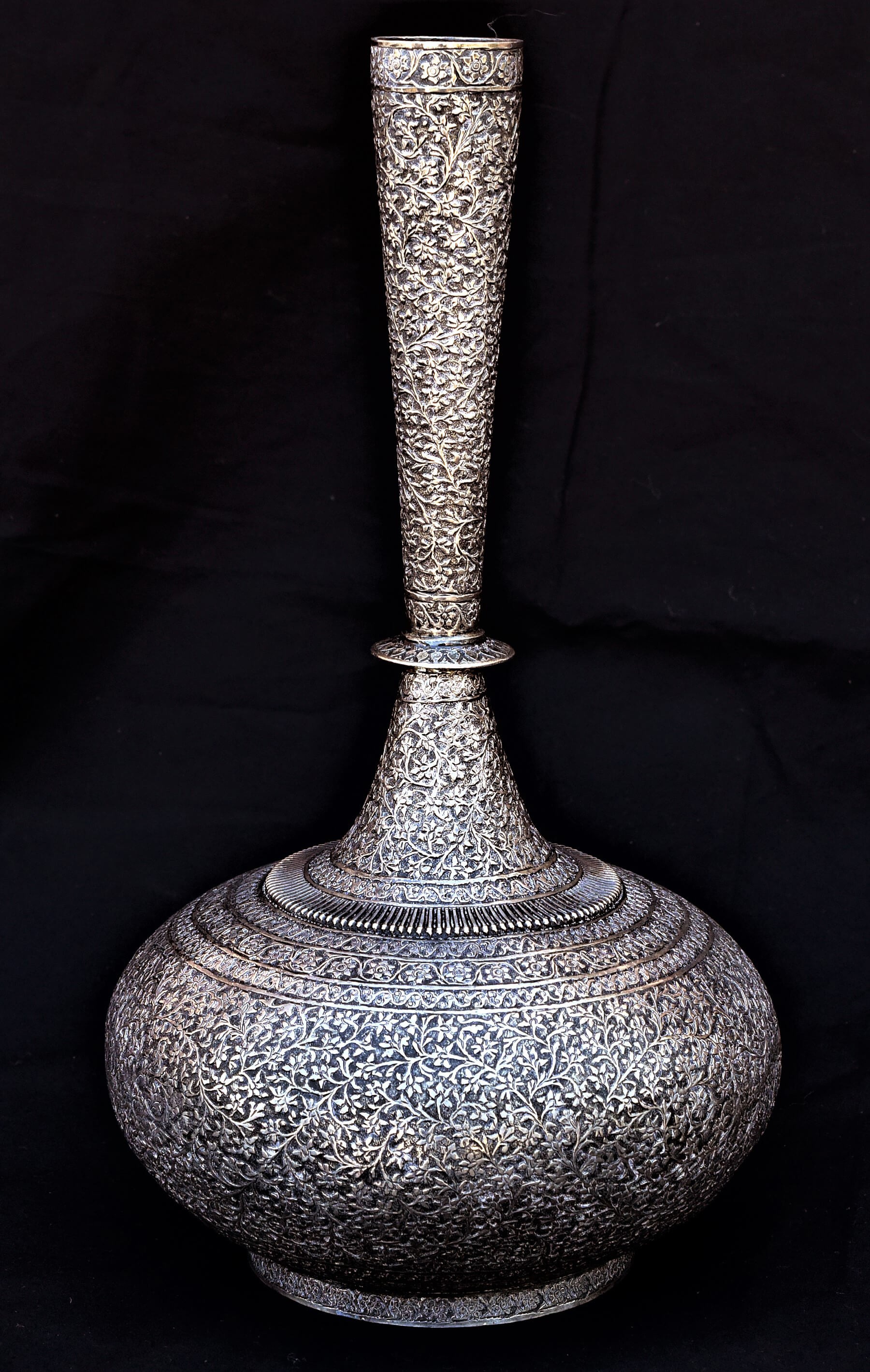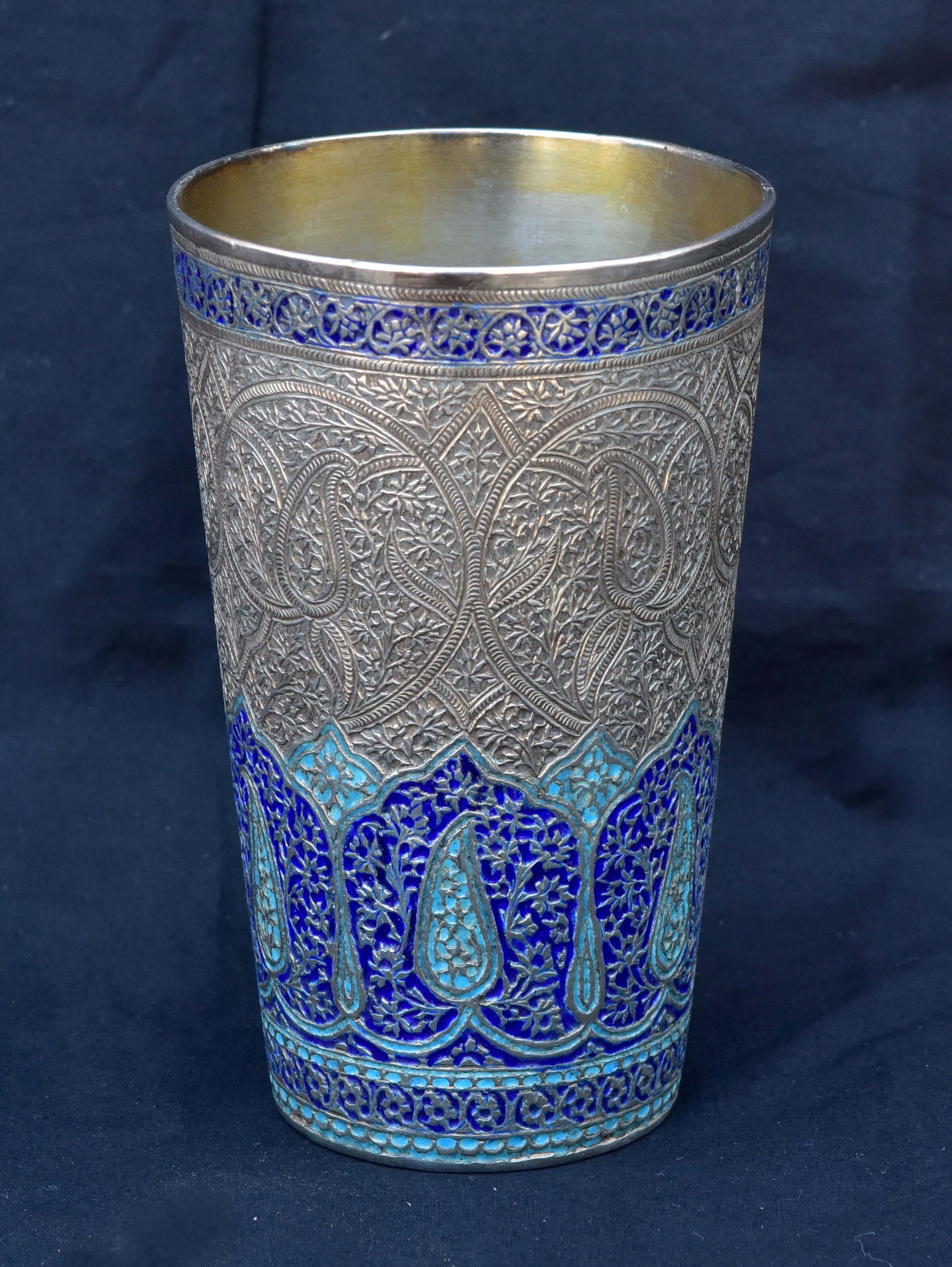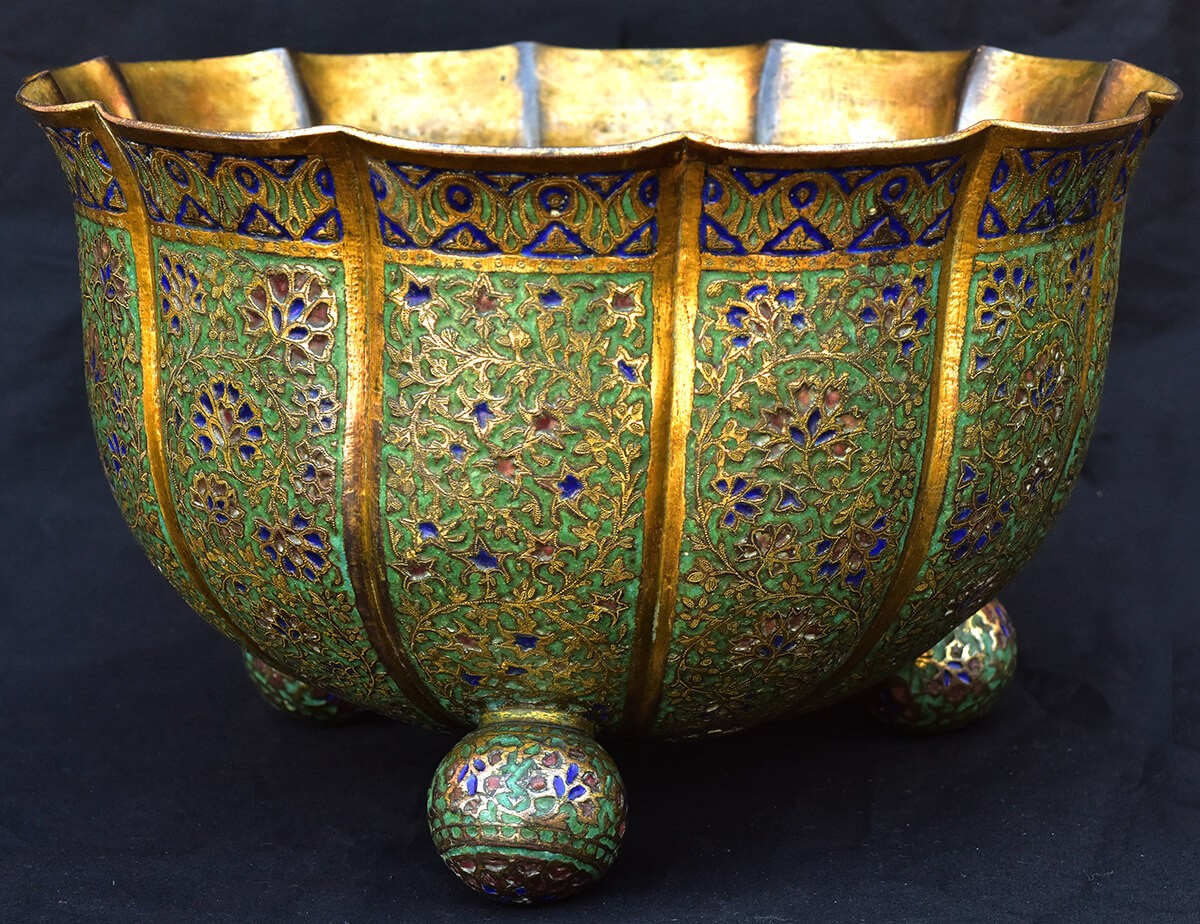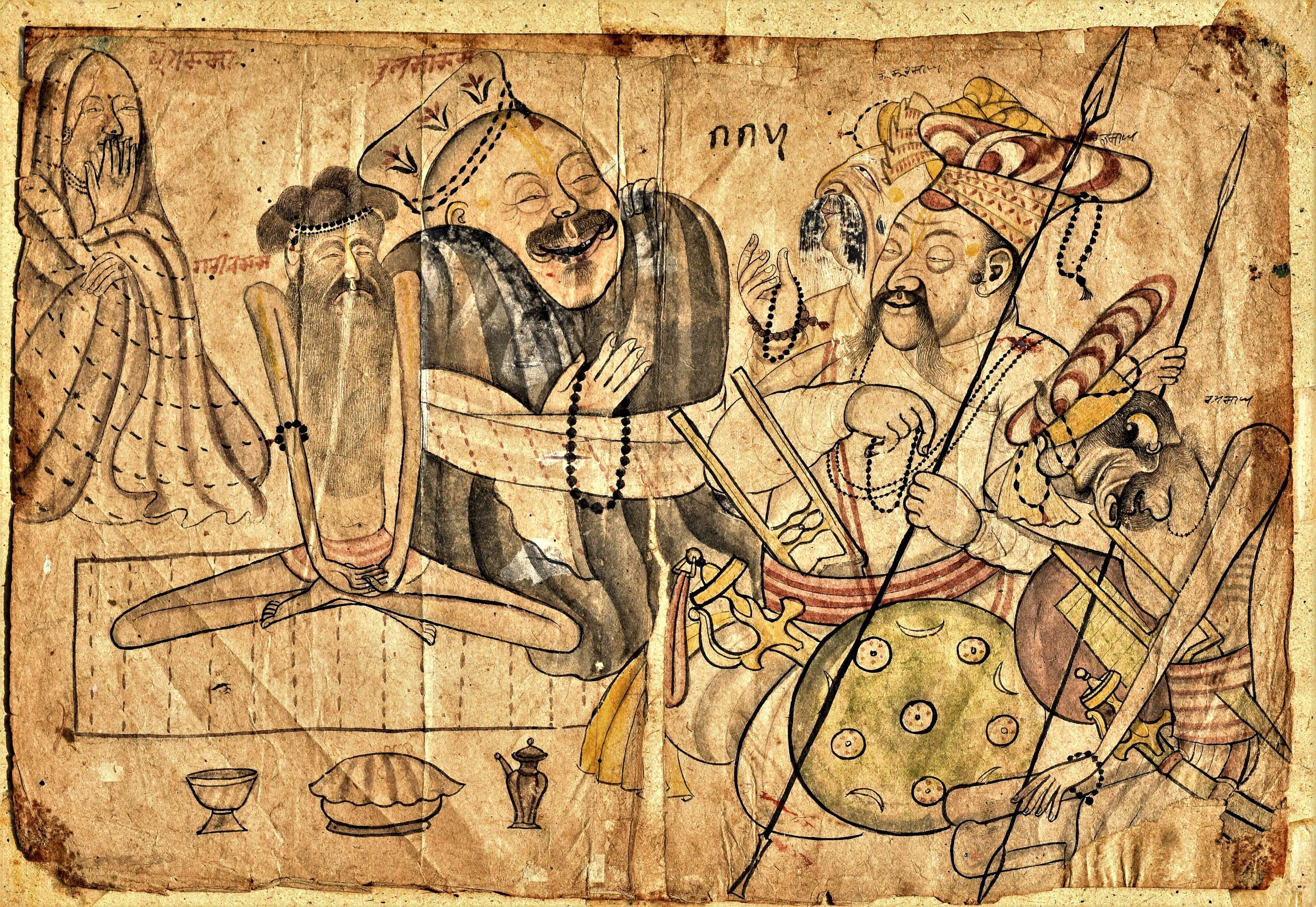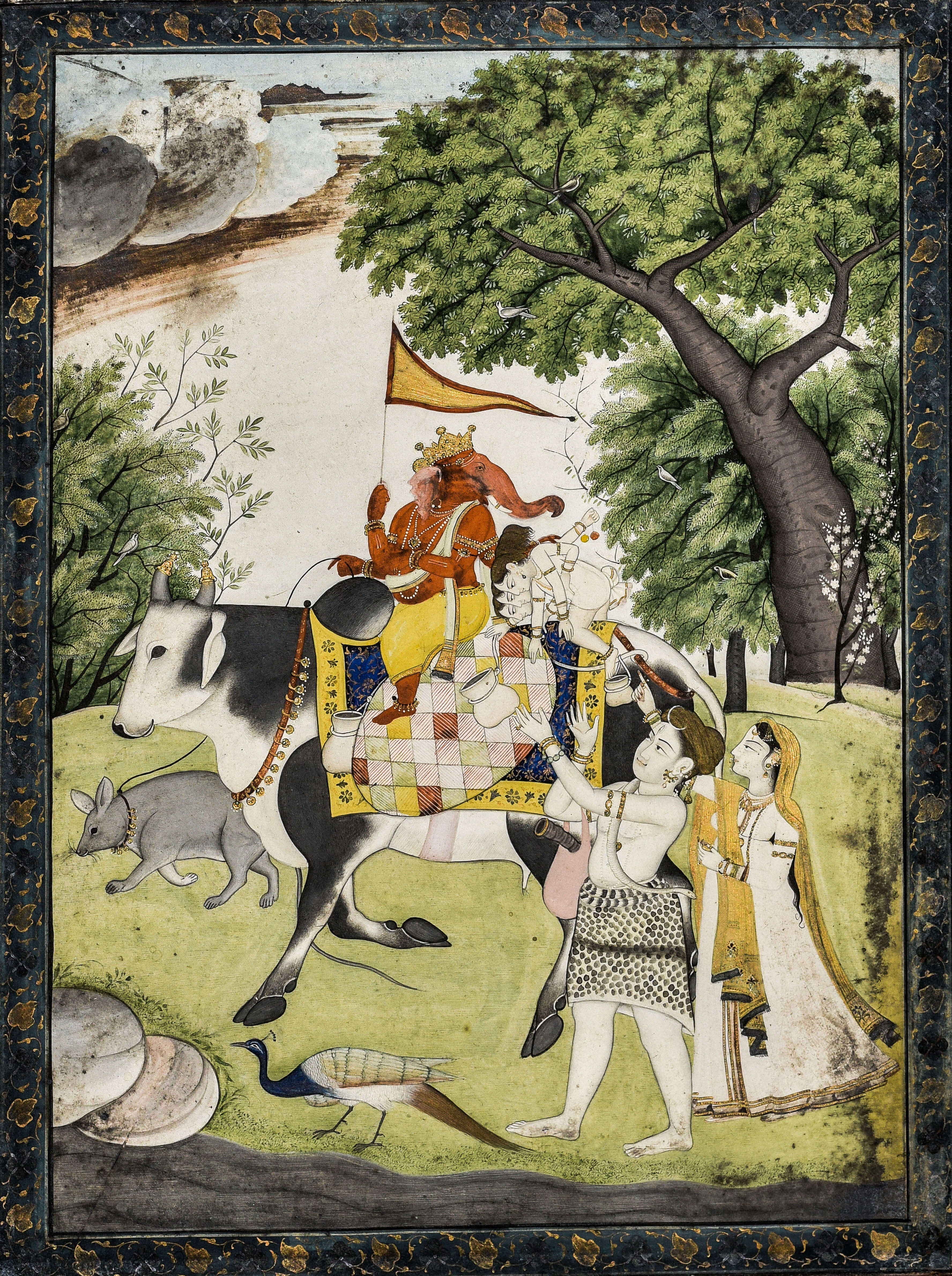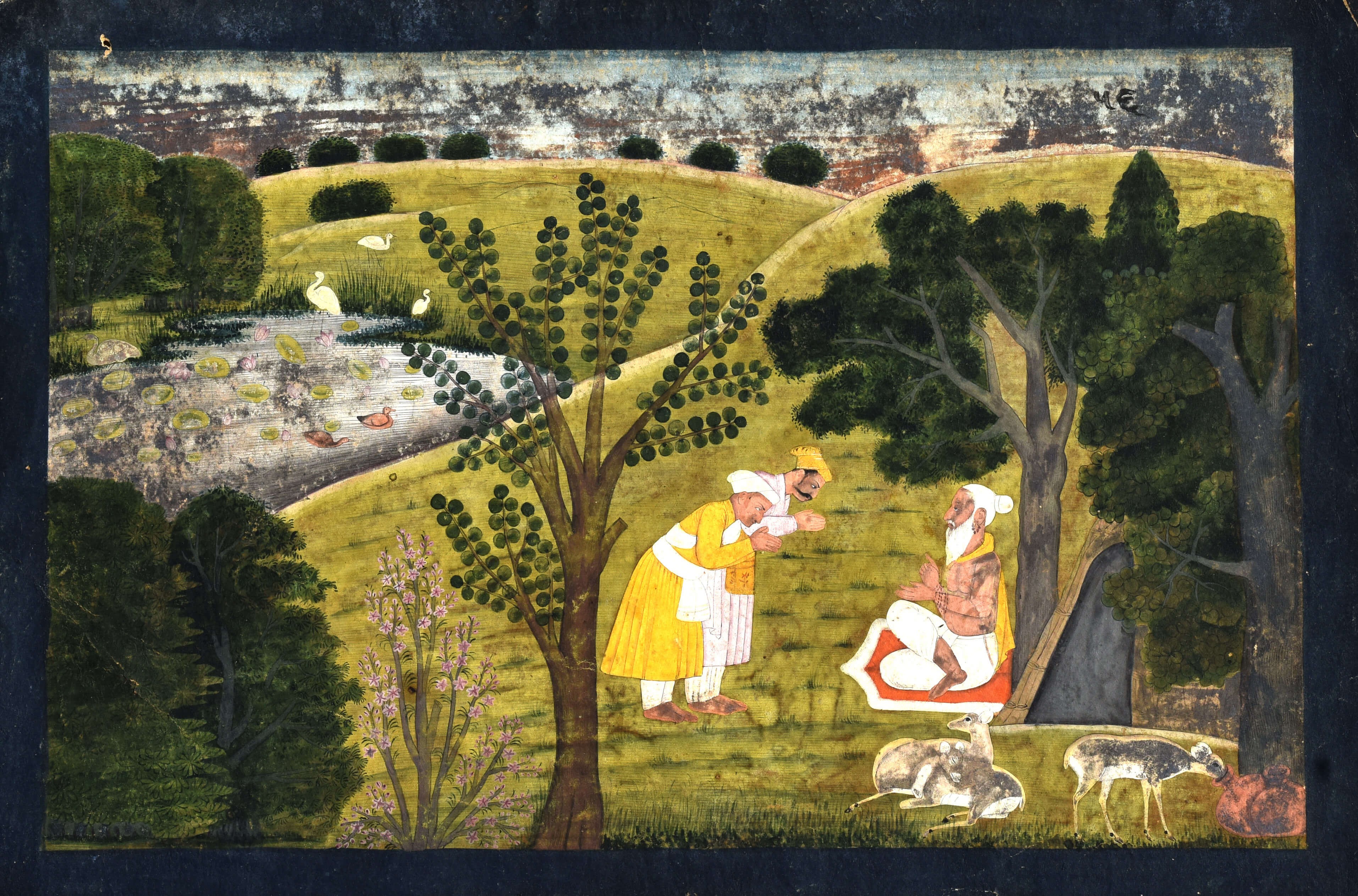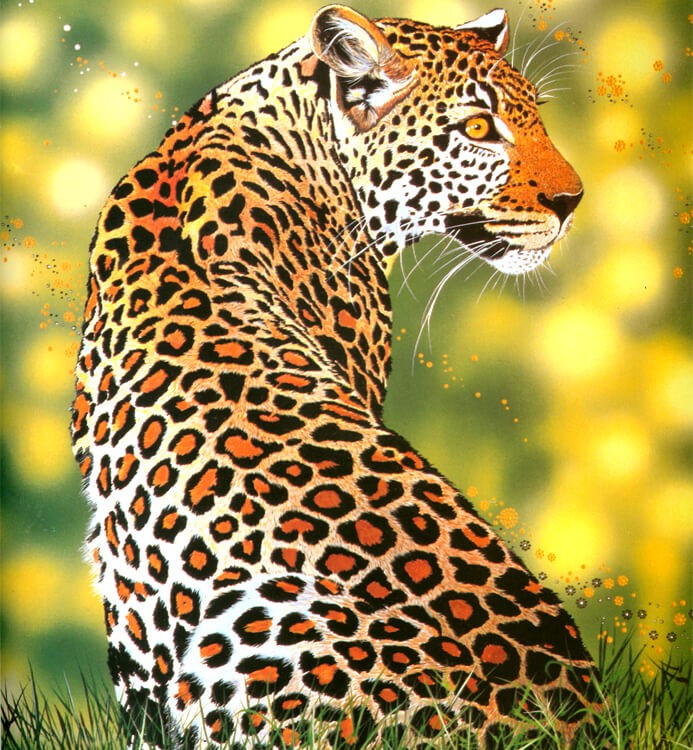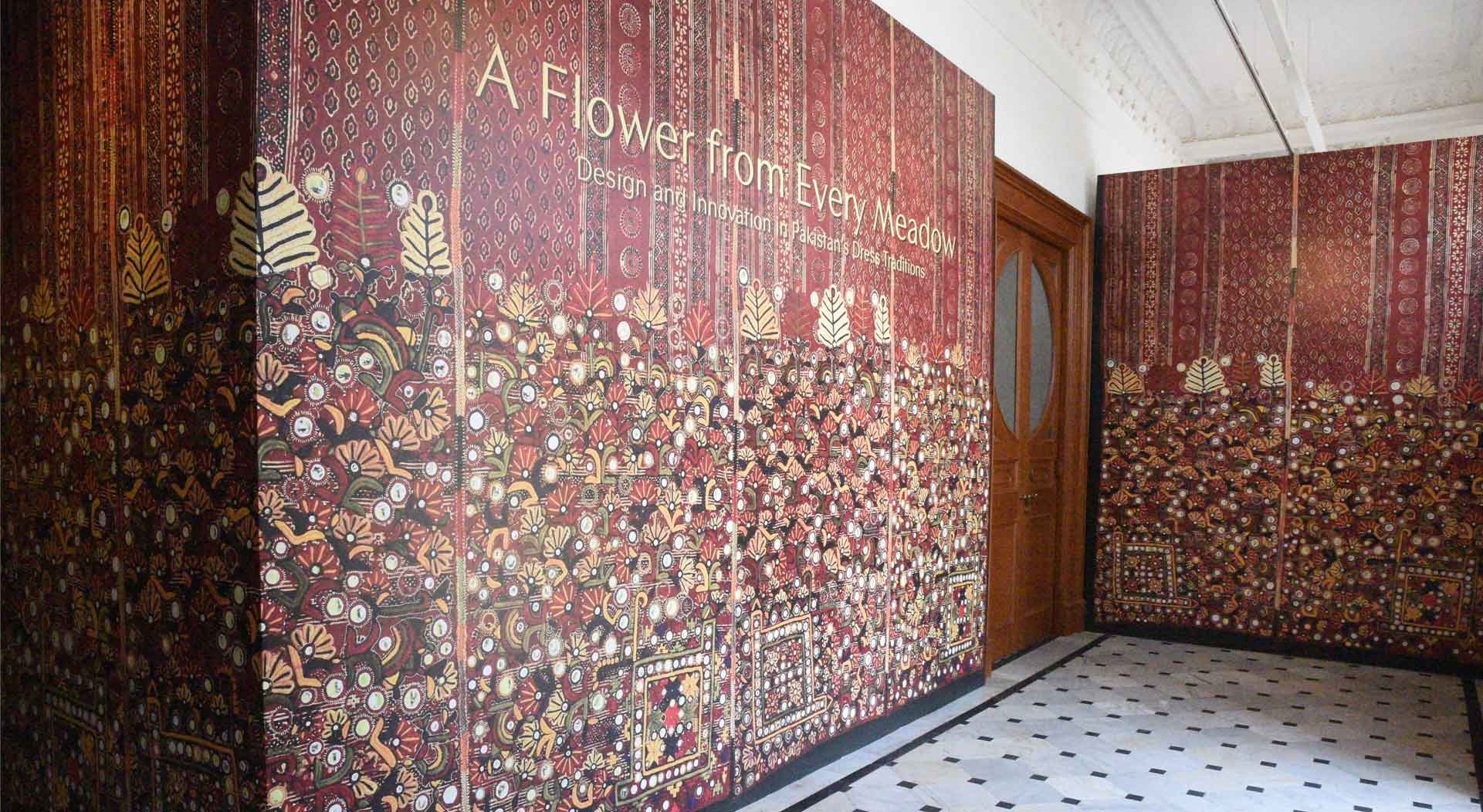February 15, 2017 - January 29, 2018
Paradise on Earth: Manuscripts, Miniatures and Mendicants from Kashmir
Kashmir is the geographical summit of South Asia and sits at the cross roads of civilisations and of the countries of Tajikistan, Afghanistan, China and Pakistan. This has made it a site of conquest and cultural exchange as an important destination on the Silk Road that allowed pilgrims, artists, poets and diplomats to travel along it.
Mohatta Palace Museum examined the treasures of this culturally rich region through a small and evocative exhibition that encapsulated the history of the area through illuminated pages, decorative objects, textiles and miniature paintings.
The exhibition began with the Arts of the Book, the volumes of the Quran, whose illumination and calligraphic texts spanned the gamut of the Islamic world. Kashmir was no exception, where it became a centre for manuscript production from 1320 AD onwards with the advent of its first Muslim ruler. Many of these skills came from the court at Delhi where patronage assisted in the development of a unique Kashmiri style, consisting of illumination with gold leaf on a vibrant cobalt blue base, arabesques, floral bands and triangular cartouches, imparting an effect of opulence and majesty.

Secular and illuminated texts were complimented by miniature paintings, where Kashmir, which was located in close proximity to the Pahari region and other neighbouring centers of production, resulted in rich works that looked at multiple religious traditions including the Hindu pantheon and mythologies.
A penultimate section looked at decorative arts, including the universally celebrated art form of the Kashmiri shawl. This reached a pinnacle of excellence due to the availability of fine wool from Kashmiri mountain goats. They were included in important diplomatic gifts to China and inspired European manufacturers in the 19th century.

The exhibition was visually arresting and wove multiple strands to showcase the rich and cosmopolitan history of Kashmir that borrowed from diverse cultural and religious traditions in order to develop a new language. Given the current state of Kashmir, with an occupying force in situ, the exhibition evoked memories of a time when it was truly a Paradise on Earth.
